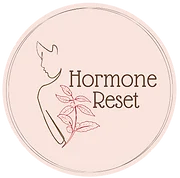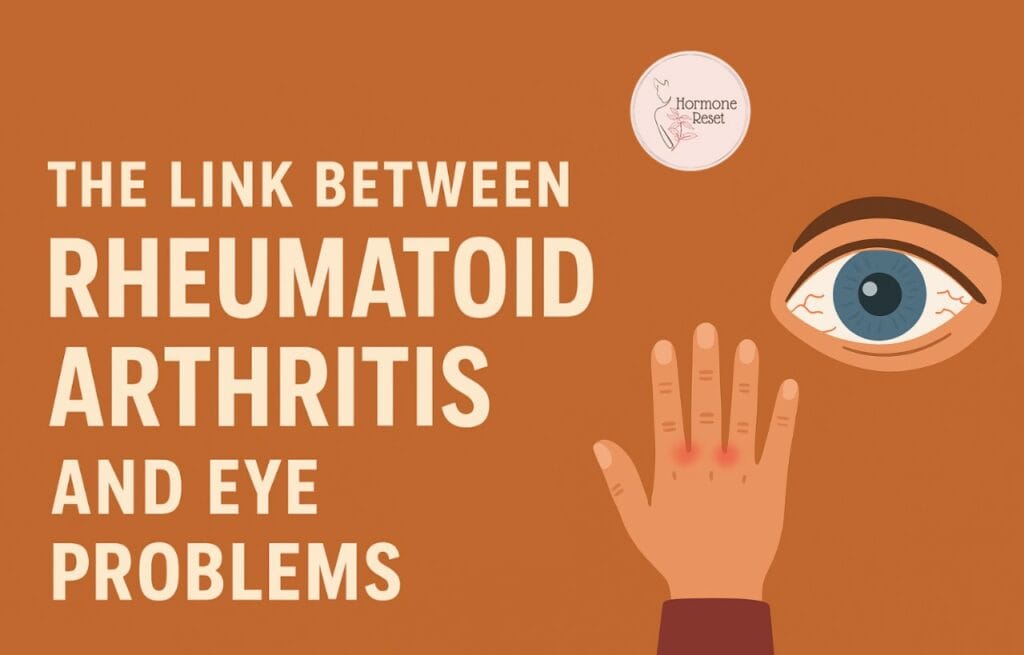Seed cycling is a natural approach to hormonal balance in which specific seeds are consumed at different stages of the menstrual cycle. Supporting balanced hormone levels, lowering PMS symptoms, increasing fertility, and regulating the menstrual cycle are all possible with straightforward practice. Functional nutrition may be able to help balance your hormones if you have PCOS, PMS, are close to menopause, or have recently stopped using hormonal birth control. The follicular and luteal phases of your menstrual cycle can be balanced using seed cycling by adjusting the major hormones involved.
In seed cycling, what types of seeds are used?
Typically, seed cycling involves flaxseeds, pumpkin seeds, sesame seeds, and sunflower seeds. The nutritional value of these seeds as well as their potential advantages in enhancing the hormones in various phases of the menstrual cycle led to their selection.
In phase 1, flax and pumpkin seeds are used; in phase 2, sesame and sunflower seeds are recommended. Each seed is said to offer nutritional advantages that boost the hormones in each phase.
Which seeds are used at what stage of the menstrual cycle?
Consuming particular seeds at various times during the menstrual cycle is known as “seed cycling.” In phase 1, flax and pumpkin seeds are used; in phase 2, sesame and sunflower seeds are recommended.
The stages of the process are broken down below, along with the seeds that were used in each:

Follicular Phase (Days 1–14):
The encouragement of estrogen production and balance is the main focus at this stage. Pumpkin and flax seeds may be useful in balancing estrogen because they contain lignans, which function as phytoestrogens.
Guidelines for the Follicular Phase
- 1 tablespoon raw organic pumpkin seeds
- 1 tablespoon of organic, raw, ground flax seeds
- These seeds can be incorporated into your diet by being added to smoothies, yogurt, oatmeal, or salads.
Luteal Phase (Days 15–28):
Promoting progesterone production and balance is the main goal during this phase. Sesame and sunflower seeds can support healthy progesterone levels during the luteal phase, according to clinical research. Both seeds contain lignans and fatty acids that support hormone maintenance during the luteal phase. Vitamin E and selenium, which support ovulation, the synthesis of progesterone, and hormone detoxification, are also abundant in sunflower seeds.
Guidelines for the Luteal Phase:
- 1 Tbsp ground organic raw sunflower seeds
- 1 Tbsp ground organic raw sesame seeds
- Similar to the follicular phase, you can add these seeds to salads, stir-fries, or as a topping for yogurt or granola.

Consistency is key when it comes to seed cycling. To evaluate any potential effects on your menstrual cycle and hormonal balance, follow the protocol for at least three months. Remember to listen to your body and seek medical advice if you have any concerns or specific health conditions.
How to apply these seeds to the seed-cycling process
Here are a few well-liked methods for including seed cycling seeds in your diet:
Flaxseeds:
- Ground flaxseeds can be added to smoothies, yogurt, oatmeal, or cereal.
- Ground flaxseeds can be sprinkled on salads or roasted vegetables.
- Flaxseed oil can be drizzled over cooked dishes or used in salad dressings.
- In baking recipes, flaxseed meal can be used in place of eggs.
Pumpkin seeds:
- Pumpkin seeds can be added to salads, granola, or trail mix.
- Toss pumpkin seeds into soups or stir-fries.
- Blend pumpkin seeds into smoothies or use as a yogurt topping.
Sesame seeds:
- Sesame seeds can be lightly toasted and used as a garnish for a variety of dishes.
- Serve sesame seeds with stir-fries, noodles, or rice.
- Sesame seeds can be sprinkled on salads or roasted vegetables.
- Sesame seed butter (tahini) can also be used in dressings, dips, and sauces.
Sunflower seeds:
- Sunflower seeds can be mixed into granola or energy bars.
- Salads or roasted vegetables can be topped with sunflower seeds.
- Spread sunflower seed butter on toast or add it to recipes.
Remember:
- These seeds can be eaten whole or ground, depending on your preferences.
- To maintain their freshness and nutritional quality, seeds should be stored in a cool, dry place.
- Except for flax seeds, all seeds should be soaked and consumed. This is important to get rid of the phytic acid, which acts as an anti-nutrient.
What are the advantages of using flax seed and pumpkin seed during the follicular phase?
Utilizing flaxseed and pumpkin seeds during the follicular phase of the menstrual cycle is a crucial part of seed cycling. While zinc and magnesium in pumpkin seeds help with hormone regulation and general health, lignans in flaxseeds support the production and balance of estrogen.
These seeds are also known for their nutritional composition:
Flaxseeds:
- Flaxseeds are one of the richest sources of lignans, which are plant compounds with antioxidant and phytoestrogenic properties.
- Alpha-linolenic acid (ALA), an essential omega-3 fatty acid, is abundant in flaxseeds.
- High in soluble and insoluble fiber, which can promote digestive health, regulate bowel movements, and contribute to a feeling of fullness. They help with estrogen production and balance.
- Flaxseeds can be consumed whole to improve nutrient absorption.
Pumpkin Seeds:
- Pumpkin seeds are a good source of zinc, an essential mineral involved in a variety of physiological processes such as hormone production and immune function.
- Pumpkin seeds are high in magnesium, which is essential for a variety of bodily functions such as muscle relaxation, nerve function, and bone health.
- Pumpkin seeds have a healthy balance of omega-3 and omega-6 fatty acids, which are beneficial to overall health and can help with hormonal balance.
Sesame Seeds:
- Sesame seeds have high calcium and lignan content.
- Sesame seeds contain magnesium, which aids in a variety of physiological processes such as hormone regulation, nerve function, and relaxation.
- They aid in progesterone production and balance.
- Sesame seeds come in both black and white varieties.
Sunflower Seeds:
- Sunflower seeds are high in vitamin E, an antioxidant that protects cells from oxidative damage.
- Sunflower seeds contain selenium, a trace mineral that functions as an antioxidant and helps the immune system. It is also rich in magnesium.
- Sunflower seeds have a good balance of omega-6 and omega-3 fatty acids, which are important for overall health and hormonal balance.
What are the advantages of eating sesame seeds and sunflower seeds during the luteal phase?
Because of their nutrient composition, sesame and sunflower seeds are used for their positive effects on hormonal regulation and overall health during the luteal phase of the menstrual cycle. Sesame seeds may help with hormone balance, whereas sunflower seeds provide antioxidant support as well as essential nutrients.
Here are some common FAQs
Is seed cycling beneficial?
- Seed cycling is a popular natural approach to hormonal balance
- Incorporating nutrient-dense seeds into your diet can provide a variety of health benefits.
- Flaxseeds, pumpkin seeds, sesame seeds, and sunflower seeds are high in essential nutrients, healthy fats, fiber, and antioxidants, all of which can help with overall health.
- Cycling helps regulate their menstrual cycles, reduces symptoms of hormonal imbalances, and promotes reproductive health.
How long does it take for the effect to be visible?
- The amount of time it takes to notice any potential effects of seed cycling varies from person to person.
- It is critical to approach seed cycling with realistic expectations and recognize that individual responses may vary.
- Some people may notice changes within a few menstrual cycles, while others may take longer.
- The underlying cause of hormonal imbalances, general health, and adherence to a balanced diet and lifestyle can all affect when you will start to notice any noticeable effects.
- It works in conjunction with other lifestyle factors such as eating a nutritious diet, exercising regularly, managing stress, and getting enough sleep..
Who can benefit from seed cycling?
- Individuals who menstruate and want to support hormonal balance or address symptoms of hormonal imbalances can benefit from seed cycling.
- It is most frequently used to regulate menstrual cycles, but it can also be used by those who have premenstrual syndrome (PMS), polycystic ovary syndrome (PCOS), irregular menstrual cycles, or other hormonal problems.
Is seed cycling helpful for irregular menstruation, and if so, how?
Seed cycling is frequently regarded as a natural approach to regulating menstrual cycles, including irregular menstruation.
Here’s how seed cycling could help with irregular menstruation:
- Hormonal balance: By incorporating these seeds into your diet, you may help to support hormone production and balance, potentially leading to more regular menstrual cycles.
- Nutrient support: The seeds used in seed cycling are nutrient-dense and contain a variety of vitamins, minerals, and antioxidants that promote overall health. Adequate nutrition is critical for hormonal regulation, and incorporating these seeds into your diet can provide essential nutrients that may help with menstrual regularity.
- Whole-food approach: Seed cycling promotes a whole-food approach to nutrition, emphasizing the consumption of nutrient-dense seeds as part of a balanced diet.
Can we use the moon cycle to start the seed cycle if our date is irregular?
The lunar cycle can be used as a guide if your menstrual cycle is irregular in order to help with seed cycling.
- Using a lunar calendar or a moon phase app, you can keep track of the moon’s phases. The lunar cycle is divided into four phases: New Moon, Waxing Moon, Full Moon, and Waning Moon. Each phase lasts roughly 7–8 days.
- If you keep track of the lunar phases, you can match each phase with a different seed. For example, you can begin eating flaxseeds and pumpkin seeds during the New Moon phase. As the moon progresses through the Waxing Moon, Full Moon, and Waning Moon phases, you can switch to sesame and sunflower seeds.
- While aligning seed cycling with the lunar cycle can be a symbolic approach, keep in mind that your menstrual cycle may not always correspond to the lunar phases. If your menstrual cycle does not correspond to the lunar cycle, you can still follow the seed recommendations based on the lunar phase while adjusting the timing to your own cycle.
Remember that seed cycling, whether it aligns with the lunar cycle or your menstrual cycle, can be a beneficial practice for hormonal balance.
Share





Leave a Reply